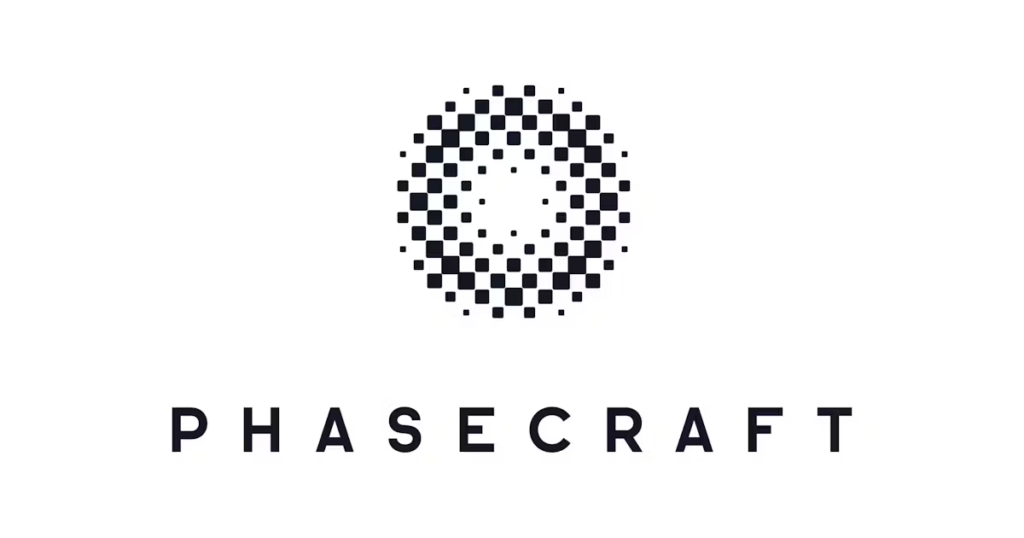
Quantum algorithms company Phasecraft has developed a new simulation technique called THRIFT (Trotter Heuristic Resource Improved Formulas for Time-dynamics), enabling quantum simulations to run 10 times larger and for 10 times longer while significantly reducing circuit complexity and computational cost. Published in Nature Communications, the THRIFT algorithm addresses a longstanding challenge in quantum simulation: how to efficiently simulate dynamic quantum systems without overwhelming quantum hardware resources.
Quantum simulations play a critical role in modeling materials and molecules for clean energy, advanced drug design, and other fields. Current methods rely on Trotter decomposition to approximate time evolution by splitting a quantum system into many small steps. However, traditional approaches apply uniform computation across all system interactions, failing to account for the different energy scales and dynamics of various components. This results in excessive gate counts, higher error rates, and impractical resource requirements for long simulations.
THRIFT overcomes these limitations by intelligently prioritizing interactions based on their dynamical importance, optimizing gate distribution and reducing circuit depth. In benchmarking tests, THRIFT applied to the well-known 1D transverse-field Ising model achieved up to 10x improvement in circuit efficiency compared to standard Trotter formulas, without sacrificing accuracy. This makes it possible to simulate more complex systems within the constraints of current noisy quantum devices.
The new technique will enhance the scalability and practical utility of quantum simulations, helping researchers extract more useful physical insights with fewer hardware resources. As quantum computing edges closer to real-world deployment, THRIFT represents a concrete step toward meaningful applications in materials science, chemistry, and other domains where time-evolution simulations are vital.
For more information about Phasecraft, visit their website here. and access the technical paper describing the THRIFT algorithm here.
March 26, 2025